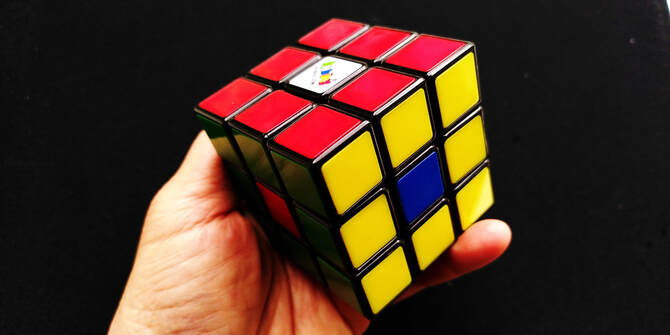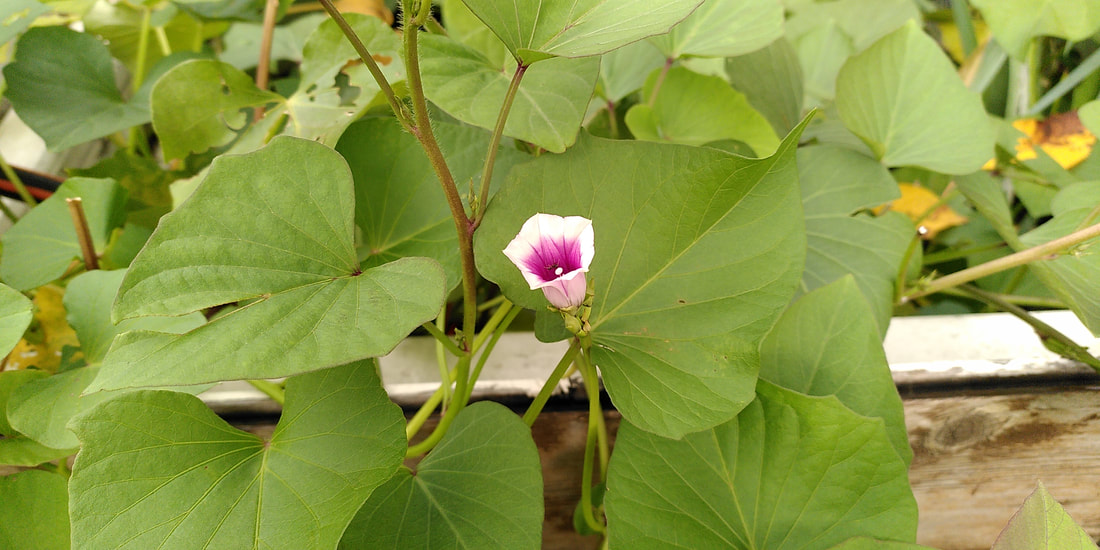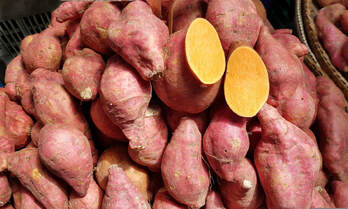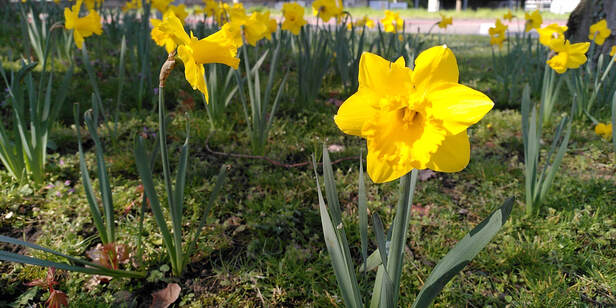Over the past month, I have been carrying my Rubik’s Cube around with me. As a child growing up in the ‘80s, one of my brothers had gotten one and all of us siblings were trying our hand at solving it; I was about 6 years old at the time. An older sister of mine got a method from some of her friends and she tried solving it. I maybe manage 1 out of 6 surfaces. A few years ago, one of my sons was at a birthday party and one of the little trinkets he received from attending was a little Rubik’s Cube. This sparked my interest to solve all 6 sides. I looked up solutions online and I managed to solve it with instructions, but I still had to look at the instructions till that point. Recently, I was watching a documentary and they were just discussing how the Rubik’s Cube has as many as 43,252,003,274,489,856,000 (this would be 43 quintillian) possible variations, into which one can randomly create. Obviously, just 1 of these is the solution, where all 6 sides are matched in color and position. This reminded me of my Cube sitting somewhere in a cupboard, waiting to be solved.
Currently, instead of taking out my digital device, let’s say in the tram after work, which I detest doing, I take out my Cube and I am in the process of solving it all the way till I get home. As I do this regularly, I realize that it is a training. Since I found the solution, which involves strategy, dexterity of hand and mind, patience, the ability to memorize sequences and apply them in the right moment, I am now able to solve the Cube without looking up the instructions. This obviously gives me a sense of satisfaction. I am not a super good mathematician but I can do elementary math well enough. I have come to realize the ability to solve the Rubik’s Cube is not necessarily based just on mathematical skill but one that requires discipline, focus, patience, flexibility and the desire to solve a problem.
I have spent most of my life finding movement and flexibility with my body in Movement. Now with the Cube, I am finding movement and agility with my hands, fingers as well as mind on an apparatus. I move and twist, paying attention to position and planes: anterior, posterior, superior, inferior, lateral right and left. I have learned to strategize and prioritize, which color needs to match which and when. Since I have studied the solution, I also realized I am basically performing choreography with my hands, which involves memory and rhythm. This is not new to me since dancing from the age of 5. I am not only the performer of the movement but also the choreographer with 54 squares of 6 different colors to maneuver around 6 different planes. Many times, I realize the choreography is not set; sometimes I have to improvise, especially if I wasn’t keeping my focus and forgot where I was in the middle of a sequence. This is when I have to recalibrate my mind and find a new strategy, as my lack of focus doesn’t allow me to follow the set “rules” and I have to invent a new tactic or decide to restart by mixing everything up again. The Cube makes me stay present in the moment.
So, as I sit in the tram to get home or wait somewhere for something or someone, I can be doing my life training on my Cube. The Rubik's Cube can be a lesson for life. It can even be a meditation, if we choose it to be so. It can be a reminder that life doesn’t always go according to plan, which most times it doesn’t. It’s a matter of perspective whether to view the unplanned as a problem or just as a path in life, where we can experience being in a new or different state. It teaches flexibility, patience and resilience, among other things.
Image by Elaine





 RSS Feed
RSS Feed